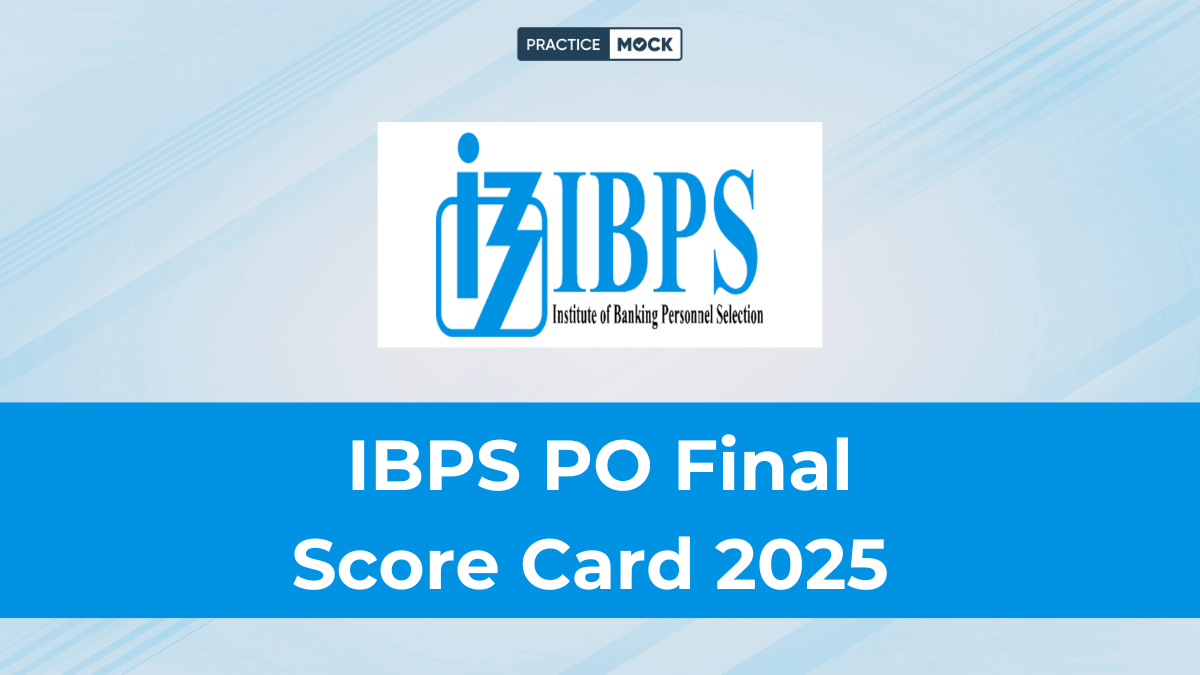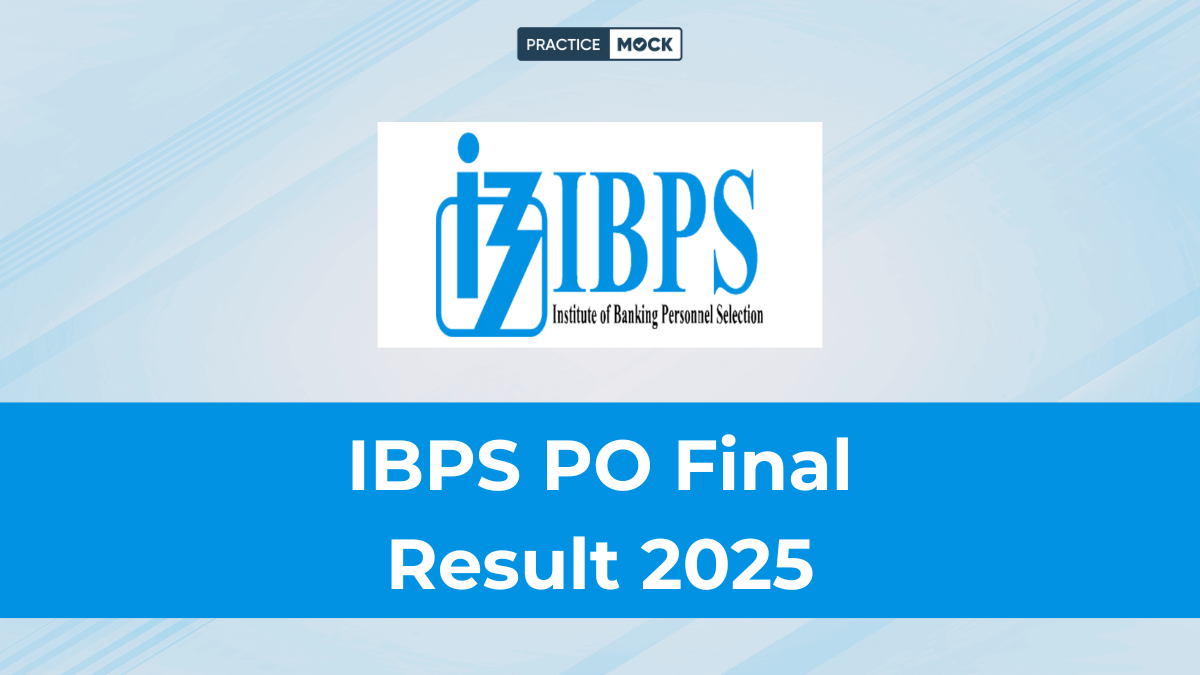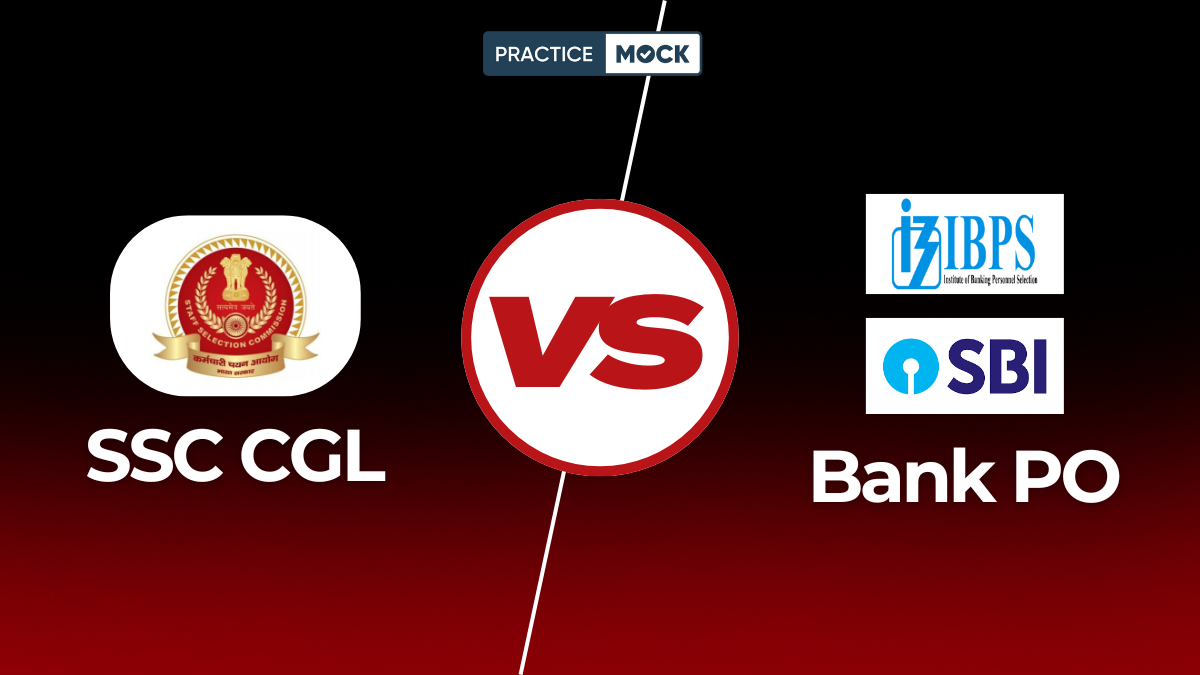Blood Relationship Tips


Blood relationship questions are a common feature in competitive exams, aptitude tests, and even in some job interviews. They assess your logical reasoning and ability to decipher complex family relationships. While these questions can initially appear daunting, with the right approach and some practice, you can master them. In this article, we’ll provide you with valuable tips and tricks to tackle blood relationship questions effectively.
Understanding the Basics
Before diving into the tips and tricks, let’s establish some fundamental concepts related to blood relationships:
- Family Tree: Visualizing family relationships using a family tree diagram can be immensely helpful. Draw a simple family tree when you encounter complex questions to organize information visually.
- Terminology: Familiarize yourself with basic terms like father, mother, son, daughter, brother, sister, husband, wife, and cousin. These are the building blocks of family relationships.
- Generation Gap: Recognize the generational gap in relationships. Parents belong to an older generation than their children, and grandparents belong to an even older generation.
Now, let’s explore some practical tips and tricks to approach blood relationship questions effectively.
1. Start with Simple Questions
Begin with straightforward blood relationship questions that involve only a few family members. This will help you get comfortable with the terminology and concepts.
2. Analyze Gender
Identify the gender of the people in the question, as this can be crucial. For instance, a father can’t be a mother, and a son can’t be a daughter. Gender can help eliminate incorrect options.
3. Work Backwards
Sometimes, it’s easier to work backward from the information given. For example, if the question states that A is the son of B, and B is the brother of C, you can deduce that C is A’s uncle.
4. Use the Family Tree Diagram
Drawing a family tree can simplify complex relationships. Start with the known information and add branches as you deduce relationships. This visual aid makes it easier to keep track of family members.
5. Maintain Consistency
Be consistent with the relationships you establish. If you determine that A is B’s sister, stick to that relationship throughout the question. Avoid contradicting yourself.
6. Apply Age Logic
Consider age when deciphering relationships. Parents are generally older than their children, and siblings are typically of the same generation. If you encounter a contradiction, reevaluate the information.
7. Use Cross-Verification
Cross-verify the relationships you’ve established by going through the question again. Ensure that all relationships align with the given information.
8. Be Wary of Assumptions
Avoid making assumptions about relationships not mentioned in the question. Stick to the facts provided and don’t introduce additional information.
9. Don’t Rush
Take your time to read and understand the question thoroughly. Rushing can lead to errors and confusion.
10. Practice Regularly
The key to mastering blood relationship questions is practice. Work through a variety of questions to become comfortable with different scenarios and complexities.
Sample Questions and Solutions
Let’s practice with a couple of blood relationship questions and their solutions:
Question 1: If A is the brother of B, B is the sister of C, and C is the father of D, what is D to A?
Solution 1:
- A is the brother of B.
- B is the sister of C.
- C is the father of D.
Therefore, D is the niece (daughter of a sibling) of A.
Question 2: P is the father of Q, and R is the brother of Q. What is the relationship between R and P?
Solution 2:
- P is the father of Q.
- R is the brother of Q.
Therefore, R is the son of P.
Conclusion
Blood relationship questions may seem daunting initially, but with practice and a systematic approach, you can tackle them effectively. Remember to start with simpler questions, use a family tree diagram when needed, and maintain consistency in your relationships. Over time, these questions will become less challenging, and you’ll be able to solve them confidently. So, keep practicing, and soon you’ll be a pro at deciphering complex family connections in no time!
Recent Posts
Data Interpretation Important Question For SBI Clerk Mains 2025 Exam
In this article we are providing the Data Interpretation Important Question For the SBI Clerk…
AIC Management Trainee Syllabus 2025, Check Exam Pattern
Prepare for the AIC Management Trainee Exam 2025 with a clear understanding of the syllabus…
RRB JE CBT 2 Exam Date 2025 Out, Exam on 22 April
The RRB has released the RRB JE CBT 2 Exam Date 2025. Read this blog…
Banking Current Affairs PDF, Bazooka Download for Free
in this article we are providing the Bazooka Monthly Current Affairs PDF, Download Free PDFs.…
IBPS Application Reprint Link Activated for PO, Clerk and SO for Joining
The IBPS has released online application link for Clerk, PO and SO posts. Candidates can…
Weekly Current Affairs PDF 2025, Free Download For Banking, SSC Exams
Here we have provided Weekly Current Affairs 2024 PDF. Candidates can download Free Weekly Currents…



